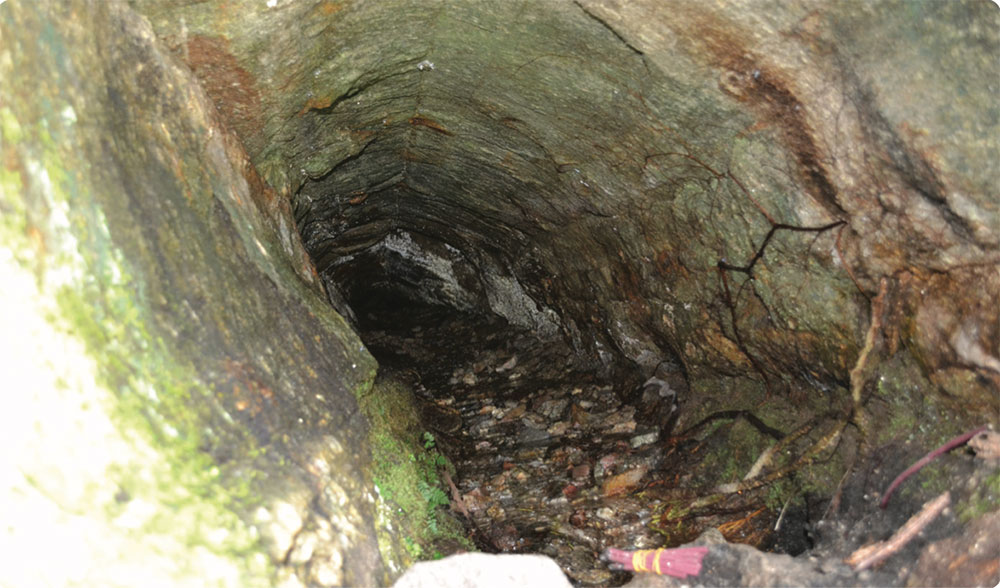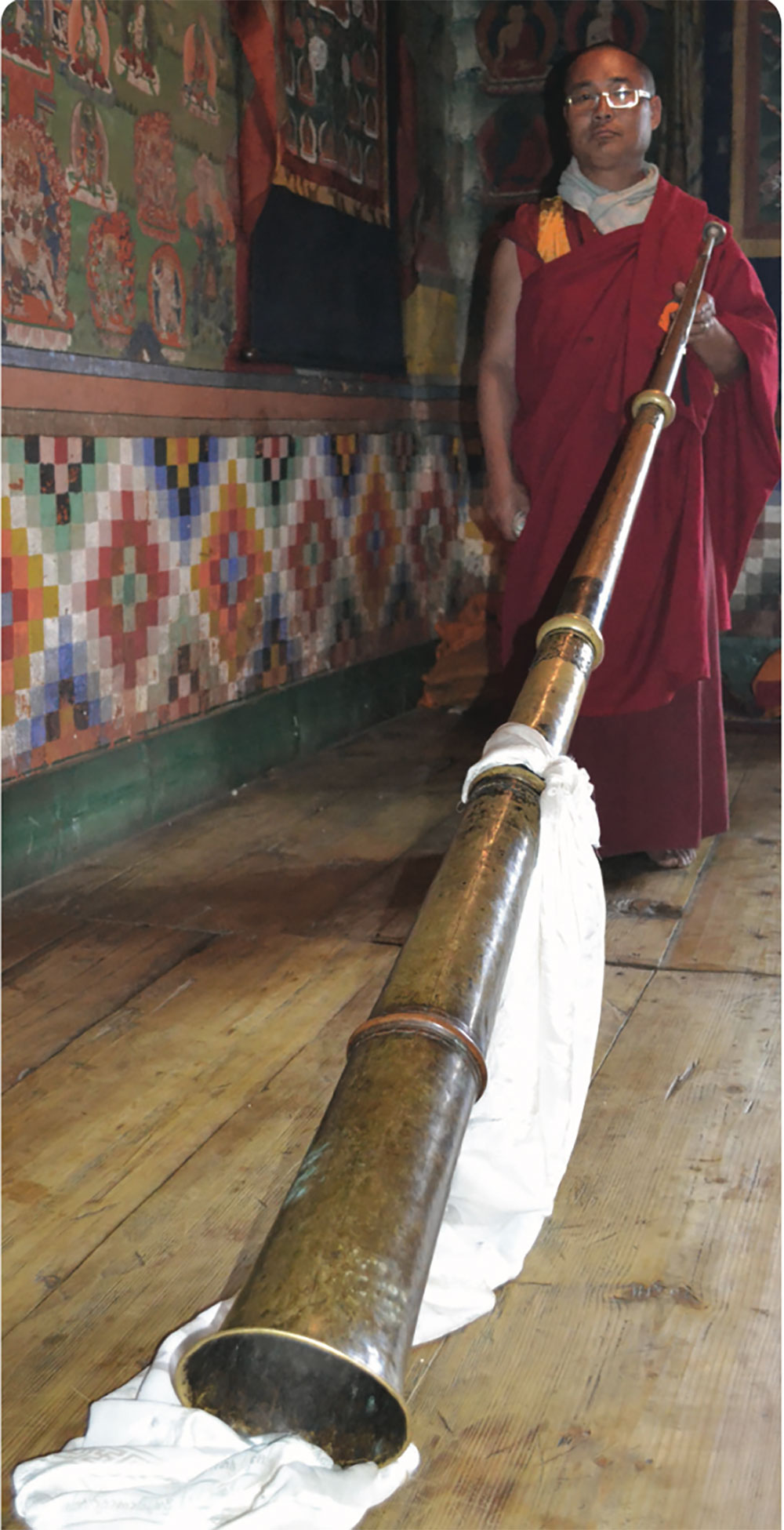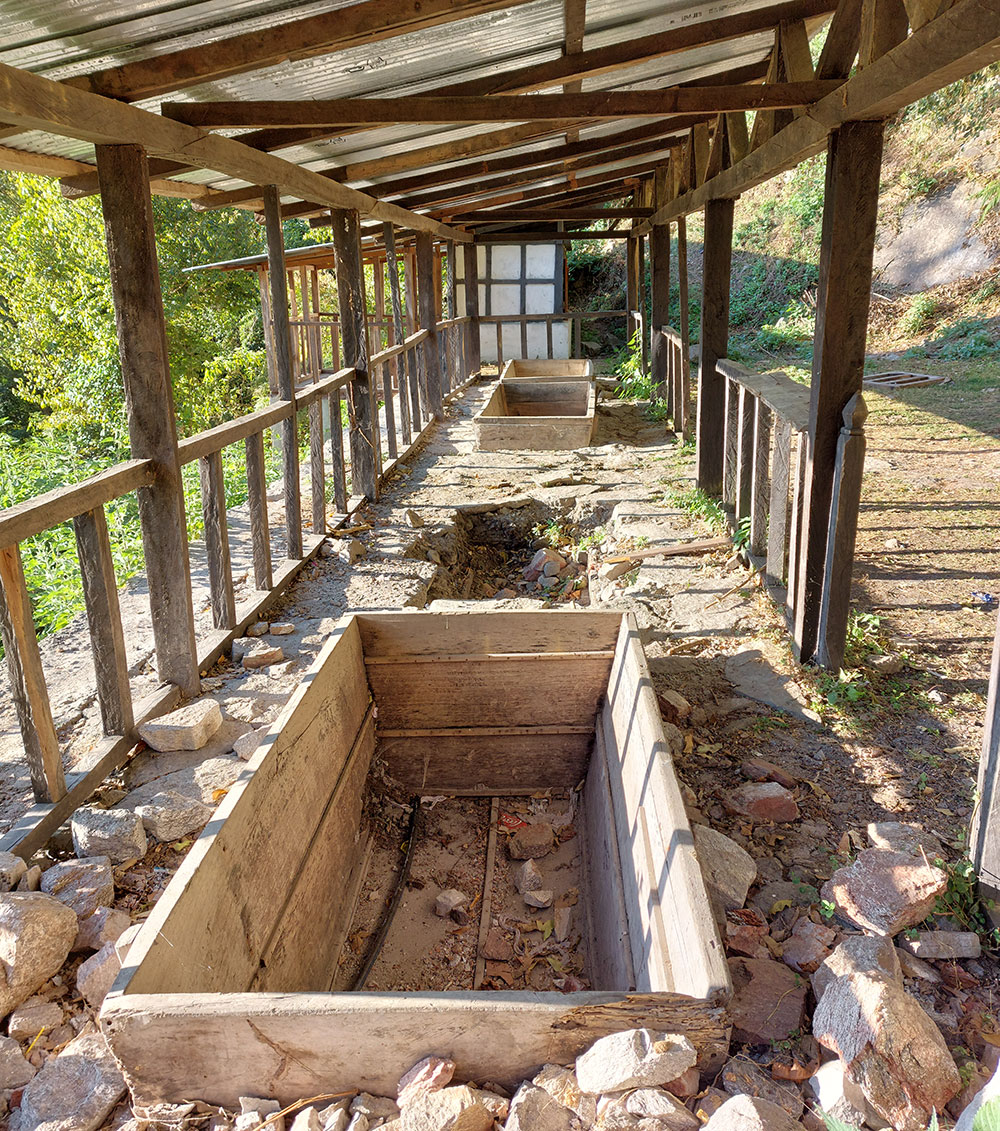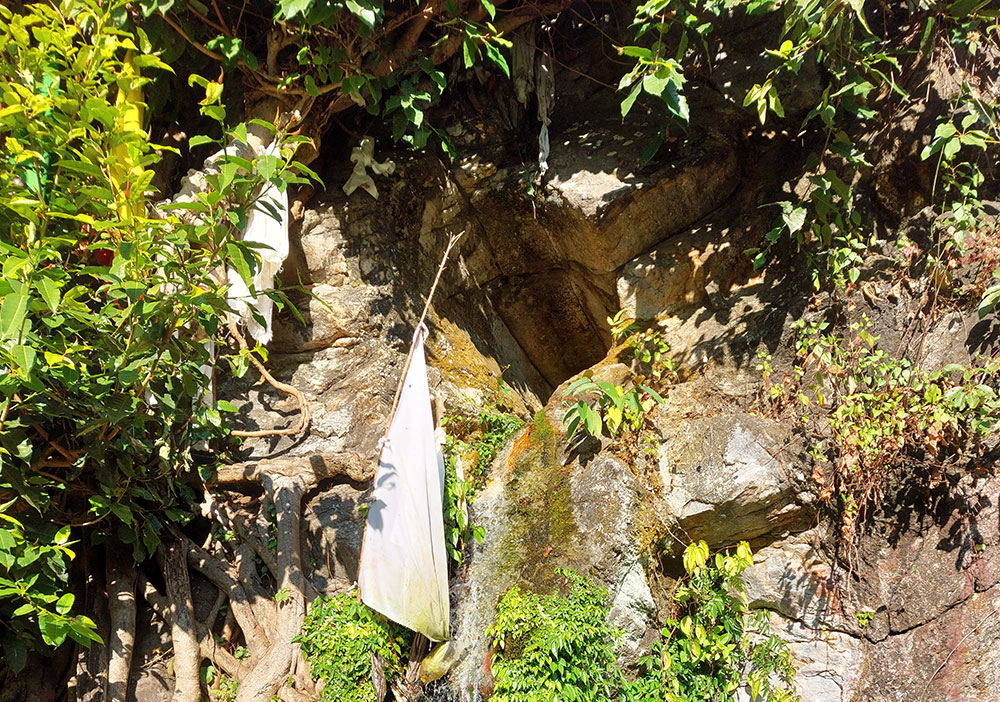Choki Wangmo | Dagana
Dagana, at five in the evening. I am told that Dungchen Menchhu is just 15 minutes’ walk away from Dagana Dzong. A monk from the dzong tells me that the path to the menchhu is very steep and dangerous.
“You will get lost in the forest; you should visit in the morning,” he warns me, looking worried.
And sure enough, I took some time to find my way to the menchhu in the morning. There is no signage. Luckily, I met a dzongkhag guesthouse caretaker who told me that I should take the road from the dzong and then take a right turn. I should come to another road further down. I did and came to a dead end. There were a few people there who told me to keep walking for about 15 minutes, down from the road that got me nowhere.

Finally! But then, there is little else to tell this place is indeed the menchhu.
Dagana is a treasure trove of stone pillars, monoliths, healing menchhus, and blessed sites, but much remains unexplored due to its remoteness and the lack of basic amenities.
According to reports, with new bathtubs, a changing room, washrooms, and a road connection, the menchhu saw a drastic increase in visitors in 2018. But today the facilities are in poor condition: dirt-filled bathtubs, changing rooms with broken door knobs, and poorly maintained washrooms.
Known to cure illnesses such as back pain, knee and joint pain, and stomach ailments, history says that from the menchhu site, a naturally arising dungchen treasure (Tibetan horn) was discovered from the cliff, which flew to Dekiling monastery with a rumbling noise. From the opening in the cliff, which is in the shape of the horn, flows the menchhu. Before the other horn could fly out, dawn broke. This treasure is believed to still be there, locked inside the cliff.

Dungchen in Chizi Goenpa
Chizhi Lam first noticed the treasure horn on the balcony, which was then placed as the main relic in Dekiling Lhakhang. Since the Lam was reigning over people of Genekha and Dagana at the time, according to his vision, he took the horn wherever he went and blessed the people. The horn, which is currently at Chizhi Goenpa in Thimphu, is opened to the public once every year on the eighth month of the traditional calendar.
Oral history suggests that the treasure was discovered during the reign of Sakya Lams who visited the country before the arrival of Zhabdrung Ngawang Namgyel.
Residents say that the menchhu has a moderate temperature and is blessed with healing properties.
With the dzongkhag administration planning restoration and developmental activities worth Nu six million at the menchhu site, residents are hopeful. “As amenities at the menchhu site improve, we hope to attract more visitors. It would help the local economy,” one said.

The dzongkhag’s economic development officer, Tshering Nidup, said that the site will be connected with an access road, footpath, parking, guesthouses, water tanks, and an additional five bathtubs.
The site maintenance, according to him, is expected to be completed within the current fiscal year.


